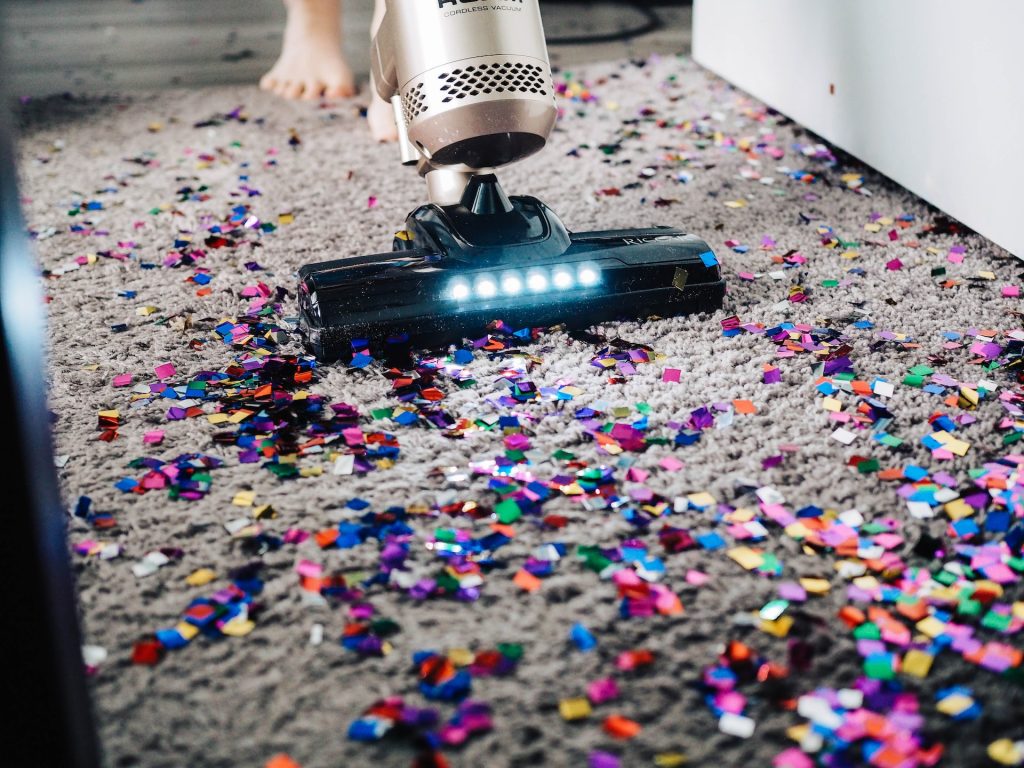
Source: Unsplash.com
Food is the most important thing for all living beings. Whether humans, plants, or animals, every living being needs food or another way to survive and live a healthy life.
Handling and reducing wastage and spoilage of food is also necessary for food service operations. If one uses a vacuum sealer, then one would be able to save a lot of food. They also last up to 3-5 times much longer, and the taste does not get ruined as most of the factors that contribute to decomposition are removed.
Many people do not know what vacuum sealers are and how they work. In this extensive guide, we will deeply learn everything about it.
What Are Vacuum Sealers?
A vacuum sealer is a machine with a mechanism that works like a vacuum by sucking in all the air and packing food in airtight packets or shrink films. It helps you to keep your food fresh for a more extended period. If you have left-outs, you don’t have to throw them away. Just vacuum seal them and store them in your refrigerator.
Vacuum sealers are a great way to save food. You can also do canning with vacuum sealer and tin can capping machine and store foods in airtight containers. But many questions arise in everyone’s mind, like the benefits of vacuum sealing food, what foods can be packed, its types, and more. If you want answers to such questions, dig in more and find the answers.
Types Of Vacuum Sealers
If one is buying a vacuum sealer for the very first time, think about what you want from your machine. There are two main options: chamber and external device (outside the section). Which vacuum sealer you choose depends on three factors: the sealing you want, whether you’re packaging liquids, and your budget. For some specialized applications, a gun-type vacuum sealer may also be helpful.
Chamber Vacuum Machine
These sealers are ideal for high volume sealing, extensive batch sealing, and liquid sealing applications. They have a higher initial cost but offer much better results and versatility than external machines. This machine is a must if you frequently pack foods with a lot of liquid. Valves suppliers deliver valves which are used in such machines to allow the user to control the vacuum speed.
External Machine
An external vacuum sealer is suitable for occasional sealing and never sealing liquids. They are much cheaper and provide a better seal than chambered machines, but they lack the performance and versatility of chambered units. An external device is the best solution if you buy a sealer for the first time.
Pistol Vacuum Machine
These sealers are primarily intended for applications where it is more convenient to bring the vacuum sealer to the bag. It uses a special kind of bag which has a built-in valve. First, manually seal the bag using the included hand sealing tool, then deflate the valve. The pistol grip allows air to be reduced as needed, similar to pulse mode on traditional external machines.
Benefits Of Vacuum Sealers
Vacuum sealers help preserve and save food, so one does not have to throw it away. Given below are a few of the benefits of these sealers:
Maintain Food Quality:
It removes all the air from the bag, prevents bacterial growth, and protects food from dehydration and freezer burn. Glass packaging manufacturer offers containers which help in perfect airtight vacuuming of the food.
Save Time And Effort:
In sous-vide cooking, the vacuum-sealed part requires less attention than other cooking methods. You can put food in the water bath and do other cooking chores. Even if you don’t sous vide, wrapping individual portions helps staff maintain consistency when preparing meals and practicing portion control.
Save Money:
Vacuum packaging dramatically extends the shelf life of food, reduces waste, and saves money.
What Foods Can Be Vacuum Sealed?
Broccoli, cabbage, cauliflower, turnips, and brussels sprouts can be vacuumed but must be blanched first. Stopping the cooking process by briefly boiling and submerging in ice water allows these foods to be safely sealed and frozen! Blanching stops the production of enzymes that degrade quality and color over time.
Do Not Vacuum Seal:
Do not vacuum pack mushrooms, garlic, or unpasteurized soft cheeses such as brie or ricotta. These products may contain anaerobic bacteria that can grow and reproduce in an oxygen-free environment inside a vacuum bag.
Also, allow food to cool down to at least average temperature, or you can say room temperature before sealing. It is because higher temperatures work as a ground to breed bacteria. Refrigerate food safely and keep it out of the high-temperature zone for as long as possible.
Vacuum Sealer Accessories
Vacuum pack bags are the most important thing you need next to a vacuum sealer, but there are several other accessories too. These accessories and tools can help you save a lot of money and increase your machine’s versatility and productivity.
Vacuum Bags And Rolls
It would help to choose the right bag type for your device, either an in-chamber vacuum bag or an external one. These bags are not interchangeable. If you have a chamber machine, choose a pack shorter than the machine’s sealing bar and has an open end that fits in the chamber. You can also purchase vacuum bag rolls and cut custom-sized bags.
Vacuum Sealer Canister
Vacuum containers are great for sealing items that can be easily crushed or when you want the convenience of a reusable container. This accessory is excellent for marinating or packaging liquids such as soups and stews. It also allows an external machine. However, choose a sealer that is compatible with your vacuum vessel.
Conclusion
To conclude, you must be aware of the main points and information needed to figure out the whole vacuum sealer concept. Make sure you learn everything else that you want to know before you buy the machine. Take good care of the accessories, understand how to use them, and save food.







